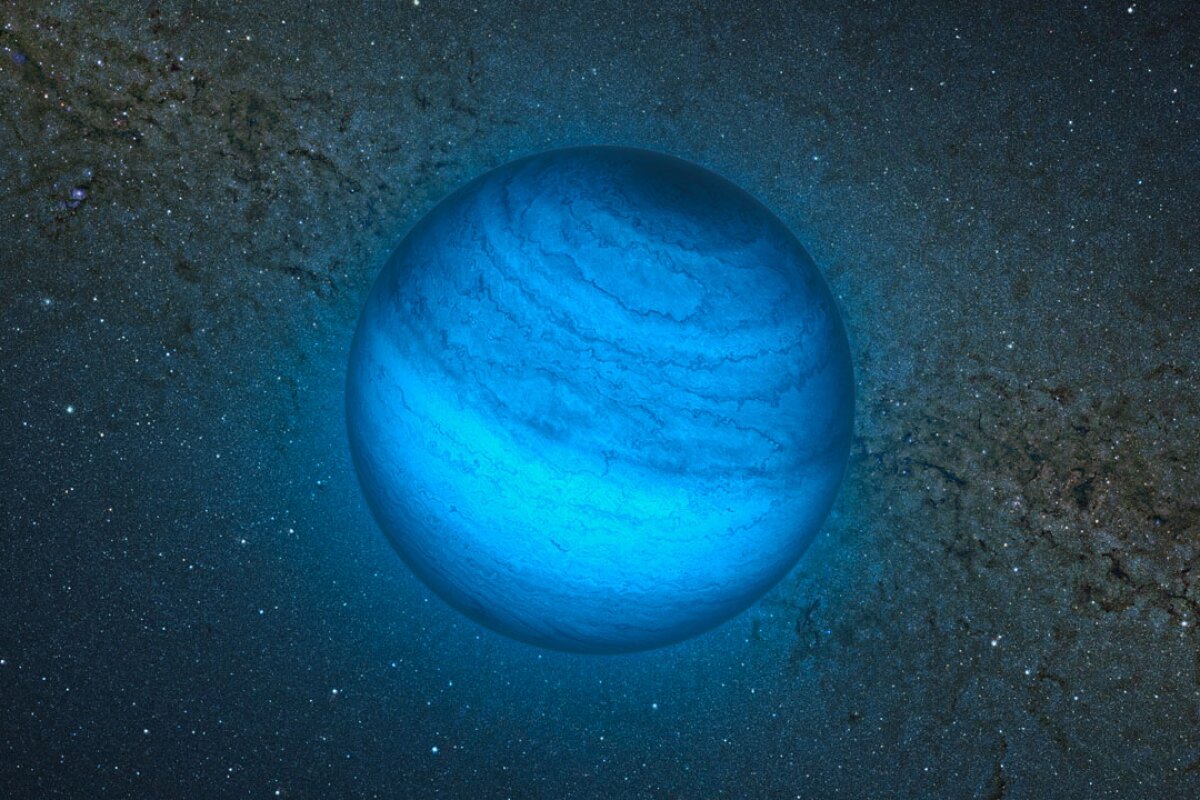While the Kepler spacecraft’s mission to discover Earth-like planets orbiting other stars continues to produce results, astronomers have found what is likely to be a planet that is not gravitationally bound to any star. The rogue planet, called CFBDSIR2149, is around 100 light years from our solar system, making it the closest free-floating planetary mass yet discovered. Its relative proximity, coupled with the lack of a bright star in its vicinity, has allowed researchers to study its atmosphere in great detail, which should help provide a better understanding of exoplanets that do orbit stars.
Without ties to any star, rogue planets, (also known as interstellar, free-floating, nomad or orphan planets), literally wander through space and are thought to form either as normal planets that are then ejected from their solar systems, or as lone objects like the smallest stars or brown dwarfs that have never been gravitationally tied to a star.
It is possible that rogue planets could be as numerous as normal stars and although objects that might be rogue planets have been found before, scientists were not able to be definitively categorize them as such without knowing their ages. This is because they may instead be “failed” stars called brown dwarfs, which lack the bulk to initiate nuclear reactions at their core to become a star.
The planet was discovered by astronomers using the European Southern Observatory’s (ESO) Very Large Telescope (VLT) in Chile and the Canada-France-Hawaii Telescope (CFHT) on Hawaii. After obtaining a series of infrared images of the planet using the CFHT, the VLT and its X-shooter spectrograph was used to deduce its mass, temperature and age.

The observations put the planet at between 50 and 120 million years old, with a temperature of roughly 400° C (752° F) and a mass four to seven times that of Jupiter. This ruled out the possibility of the object being a brown dwarf, which require a minimum mass 13 times that of Jupiter.
The movement of the planet, which was plotted by taking images at different times, suggests it is part of a nearby stream of young stars known as the AB Doradus Moving Group. This is the first time an isolated planetary mass object ever identified in a moving group.
“This group is unique in that it is made up of around thirty starts that all have the same age, have the same composition and that move together through space. It's the link between the planet and AB Doradus that enabled us to deduce its age and classify it as a planet,” said Lison Malo, an astrophysicist from the University of Montreal (UdeM).
The research team says the discovery of the rogue planet, which has been sought after for more than a decade, supports theories relating to the formation of stars and planets and adds credence to theories suggesting such objects could be more numerous than currently believed.







